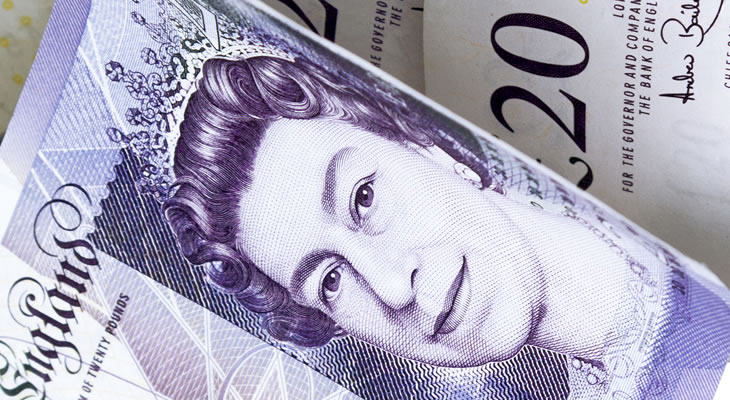Markets became more optimistic about Britain’s economic outlook again this week, boosting the Pound to Australian Dollar (GBP/AUD) exchange rate following last week’s slip on end-of-quarter fixings.
Last week saw GBP/AUD slip from 1.8357 to 1.8243, but the pair also briefly touched on a yearly high of 1.8504 in the middle of the week. This was the best GBP/AUD level since the Brexit vote in 2016.
So far this week, GBP/AUD has recovered to above the level of 1.83. However, as the pair remains near its best levels in over a year could there really be more gains ahead?
Some analysts actually speculate that the Australian Dollar could begin to see a rebound in the short term. This is despite the Reserve Bank of Australia’s (RBA) cautious outlook.
Cautious but Optimistic Reserve Bank of Australia (RBA) Supports Australian Dollar (AUD)
Tuesday saw the Reserve Bank of Australia (RBA) hold its April policy decision. As was widely expected, the bank left monetary policy frozen for its 18th consecutive meeting.
Notably, this marked the longest period in the bank’s history that monetary policy had been left frozen – and analysts don’t expect it will change any time soon either.
Due to the bank’s caution on issues like the US stance on global trade, as well as the bank’s indication that Australian unemployment still had further to fall, markets are becoming more doubtful that the RBA will tighten Australian monetary policy in 2018.
Still, the bank noted it was keeping a close look on the global growth outlook and remained confident that Australia’s economy was still improving. Household spending, for example, was improving according to the bank.
Tuesday’s Asian session also saw the publication of Australia’s March manufacturing PMI from AiG, which rose from 57.5 to a surprisingly strong 63.1. This helped the ‘Aussie’ to hold its ground against Sterling gains.
Pound (GBP) Exchange Rates Supported by Improving UK Economic Outlook
Despite the uncertainties of the Brexit process and the reality that the UK will be leaving the EU less than a year from now, Britain’s short to mid-term economic outlook has improved in recent weeks.
This has been due to better-than-expected UK data, as well as news that the UK and EU had agreed to the terms of a post-Brexit transition period.
The Brexit process is now expected to go more smoothly which has kept the Pound appealing and even boosted Bank of England (BoE) interest rate hike bets. Markets now expected the bank to hike UK interest rates in May.
Sterling is off to a solid start this week, thanks to market expectations for a strong April from the currency as well as March’s UK manufacturing PMI results.
Britain’s manufacturing PMI was forecast to slow to 54.7 but instead came in at 55.1. The previous figure was revised slightly lower from 55.2 to 55.0, but the report was overall optimistic.
Pound to Australian Dollar Forecast: UK PMIs Could Boost GBP/AUD to 2018 Highs
Unless the Australian Dollar begins to see a reversal and strengthen as some analysts have speculated, the Pound to Australian Dollar (GBP/AUD) exchange rate could continue to test its best levels since the 2016 Brexit vote.
Sterling trade could be supported in the coming sessions by Markit’s March UK PMIs. Construction data will be published on Wednesday, followed by the key services and composite figures on Thursday.
If UK services beat expectations, it could bolster market hopes that Britain’s economy performed strongly in March.
As for the Australian Dollar, any recovery the currency sees could be supported if upcoming Australian data impresses.
Australia’s February retail sales results will be published on Wednesday as well as February building permits. Trade balance data and the March services PMI will be published on Thursday.
GBP/AUD may test its yearly highs again, but if demand for the Australian Dollar continues to strengthen despite ‘trade war’ fears GBP/AUD may actually see losses in the coming weeks.


Comments are closed.